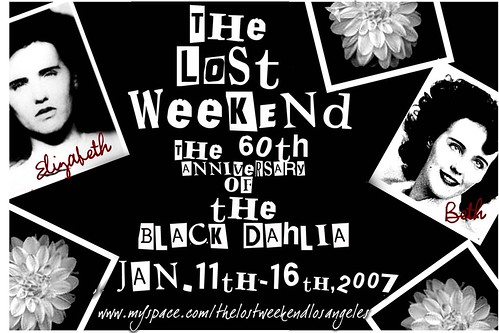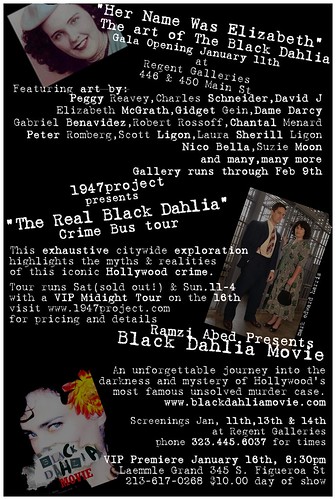Gentle rider,
We’ll be crossing state lines and violating the Mann Act next month, when the Crime Bus rolls from downtown Los Angeles to Las Vegas on Friday January 26 to take a luxury coach full of party people to the first ever Mondo Lounge Atomic Frolic weekend at the Aruba Hotel. The price is $130/RT (including your Atomic Frolic ticket), and we’ll have you home late Sunday January 28.
Organized by members of the Los Angeles ModCom architectural preservation league now resident in LV, the event celebrates the style, music, art and culture of the great American cocktail era, with live bands, naked girls, neon and architectural tours, lectures (including one by our own Nathan Marsak), best-dressed Fez contests, beat poetry, documentaries, DJs, pajama parties and similar silliness.
So where does the Crime Bus come in? We’ll be transporting many of the Los Angeles attendees, with the weekend’s celebration starting the minute the bus doors close. There will be cool tunes and films, good company, games and surprises, with a detour through historic and scenic Route 66, a meal stop at a suitably retro establishment, and the debut of a new Crime Bus tour featuring tales of high weirdness from the high desert.
The crimes of old Route 66 are nothing like the citified tales told on previous Crime Bus tours. For more than a century, bad people have done terrible things under the vast desert sky, and all too often they’ve gotten away with it. High desert crimes are also odder than city crimes. On the Crime Bus, passengers will boggle at the tale of the Indian guide who cleverly spirited a new bride away from her young husband in 1920, giggle at the hijinks surrounding the premature 1890 death announcement of Wells Fargo messenger Ed Knickerbocker, shudder at the ghastly 1946 RV vacation of 10-year-old John Oedekerk, bit by a rabid dog in Indiana and chased across the country by needle-wielding public health officials, gape at the courage of cross-dressing 1930s teen Martha Adams who ran away from her religious maniac family with 53 cents in her pocket, and marvel at the miraculous tale of the 6-year-old girl kidnapped, bound and left in the hills in 1983 who was rescued when an airsick helicopter searcher landed to vomit and saw her Raggedy Ann doll in the dirt.
The Atomic Frolic is a benefit for the support of protecting modernism in Las Vegas, something that’s long overdue. And tickets are just $30. We hope to see many of our Crime Bus friends in Las Vegas during the last weekend of January. For more info on the Atomic Frolic, please visit
Want a spot on the bus? me to reserve. Again, it’s $130 R/T for the bus and the event.













